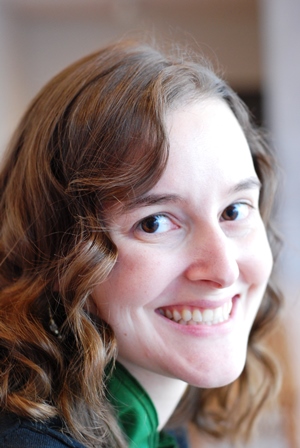The School for Good and Evil trilogy (audiobook)
Book review
As much as I enjoy young adult fiction, I’ve been burned by widely popular novels before (Veronica Roth’s Divergent series was a notable disappointment). When I discovered my favorite audiobook narrator, Polly Lee, had performed Soman Chainani’s bestselling trilogy, The School for Good and Evil, I embarked on the series with deep reservations. Could the world-building and characters make me believe in the story? Or would there be a fatal flaw in the presentation that would be too distracting to transport me away?
What is the nature of Good? What makes a person Evil? How does True Love fit into the picture, and what is essential to happiness
The School for Good and Evil trains the children of fairy-tale families to become the heroes, heroines, or villains of their own fairy tales. Children born into “good” families (the protagonists in famous fairy tales) attend the School for Good. Children born into “evil” families (the antagonists in those fairy tales) get sorted into the School for Evil. This “born good or born evil” premise is deeply troubling for an adult reader just starting out with the story, but stick with it—Chainani plays with the concept enough to justify the overarching structure.
Amid the students with fairy-tale bloodlines, the school also includes two “reader” children in each new crop of students, one Good and one Evil. These children come from a normal, ordinary town isolated from the rest of the fairy-tale world, where townspeople read the fairy tales and make the whole magical world possible. The heroines of the trilogy are two best friends from the reader world: Sophie, a blonde, beautiful girl with a fascination for cucumbers and pink, and who has dreamed of attending the School for Good her whole life, and Agatha, a dark-haired, bug-eyed girl who can fart on command and lives in the graveyard with her suspiciously witchy mother and hairless cat. But when the girls land in school, they aren’t sorted in the way everyone expects. Sophie goes to Evil. Agatha, to Good.
This essential “mistake” (or is it?) is the engine that drives the entire trilogy. What is the nature of Good? What makes a person Evil? How does True Love fit into the picture, and what is essential to happiness—a boy or your best friend? Serious philosophical material, especially when you consider the intended audience is nine to twelve years old. The inevitable comparisons to Harry Potter render the School for Good and Evil a little pallid, but when enjoyed for its own sake, Chainani’s trilogy is a worthwhile exploration of the nature of friendship, especially as it pertains to the older elementary and middle school crowd. It’s also great amounts of fun, poking fun at fairy-tale tropes while treating them as serious subject matter to be studied.
Even gender conflict and identity gets prominently featured in the second book, A World without Princes. There, the two schools become the School for Girls (dress as you like, eat what you want, and learn to defend yourself instead of relying on a prince to save you) and the School for Boys (clean nothing, swing from the rafters, and eat meat-heavy feasts). A magic spell allows characters to infiltrate the other school in the guise of the opposite sex.
That being said, the series—particularly the final installment of Sophie and Agatha’s story in The Last Ever After (which features the conflict between the Old and the New)—could have used the scalpel of a ruthless editor. There was no reason for the book to be over six hundred pages, a length which gave the characters too much time to waffle between decisions and self-doubt. I might not have continued the slog except for (a) my “completionist disorder”, and (b) the fact that I was listening to audiobook narrator Polly Lee. Lee has a masterful knack for voicing all the characters distinctly and with great humor. Age, youth, male, female, peevish, silly, or wise, I can still hear her voices whenever I think about the characters. If you enjoy audiobooks, The School for Good and Evil could be worth your time just for her narration alone.
Were there flaws in the story? Yes, but not large enough to keep me from rooting for both Sophie and Agatha. Good, evil, or somewhere in between, these girls deserved to find their happy endings.
The School for Good and Evil Series:
Book 1: The School for Good and Evil
Book 2: A World without Princes
Book 3: The Last Ever After
Also, The Ever Never Handbook (a fun pictorial resource on the world of the School for Good and Evil, written like a student’s handbook)
All reviews express the opinions of the reviewer, not necessarily the views of Third Way.




